Introduction to WOODWARD 5466-419
5466-419 Product Overview
The WOODWARD 5466-419 is a high-reliability digital control module, a key component of the brand’s MicroNet series tailored for industrial turbine and generator control systems. It integrates advanced signal conditioning, real-time data processing, and built-in fault-tolerant logic to deliver precise regulation of speed, load, and auxiliary parameters for gas, steam, and diesel-driven turbomachinery. Widely applied in power generation plants, oil & gas pipelines, and marine propulsion systems, it stabilizes generator frequency in thermal units, optimizes fuel supply for gas turbines, and monitors critical operating parameters like bearing temperature and oil pressure. Its rugged design features military-grade electronic components and 500Vrms optical isolation, effectively suppressing electromagnetic interference and adapting to high-vibration industrial environments. Fully compatible with WOODWARD 505E governors and ProTech safety systems, it supports Modbus and RS-485 communication protocols, enabling seamless integration into DCS platforms for remote monitoring and parameter adjustment.
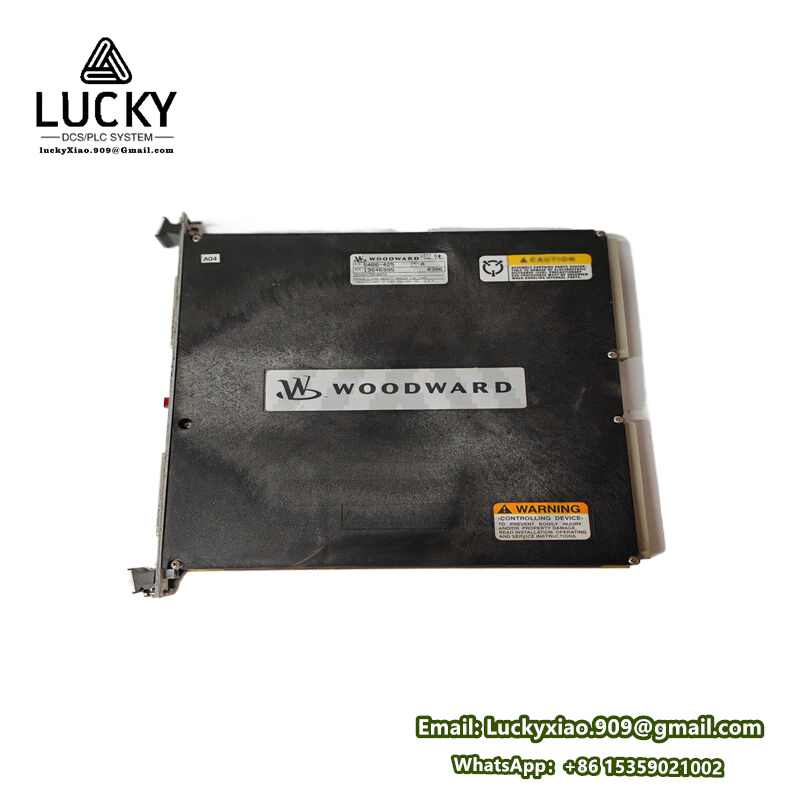
5466-419 Technical Specifications
-
Product Type: Digital control module (MicroNet series industrial-grade model)
-
Core Functions: Multi-parameter signal processing, PID-based regulation, fault self-diagnosis, remote data transmission
-
Application Compatibility: Gas/steam turbines, turbogenerators, oil pipeline compressors, marine diesel engines
-
Input Configuration: 8×4-20mA analog inputs; 12 discrete status inputs; 2 dedicated speed sensor inputs
-
Output Configuration: 6×4-20mA analog outputs; 8 relay protection outputs; 2 PWM outputs for actuators
-
Control Performance: Signal processing accuracy ±0.05%; response time <30ms; supports 2oo3 voting logic
-
User Interface: Front-panel LED indicators for operating status; detachable terminal blocks for wiring
-
Communication Interface: RS-485 (Modbus RTU); optional Ethernet (PROFINET) for smart factory integration
-
Power Supply: 24VDC nominal; 18-36VDC wide input range; redundant power input support
-
Operating Environment: Temperature -25°C to +70°C; humidity 0-95% (non-condensing); IP54 protection rating
-
Physical Traits: 220mm×130mm×75mm (L×W×H); weight ~1.6kg; DIN rail mount; metal shielded housing
-
Certifications: SIL 2 certified; CE, UL, ATEX approved; compliant with IEC 61508 safety standards
Recommended WOODWARD Related Models
-
WOODWARD 505E: Core turbine governor that pairs with the 5466-419 for comprehensive speed and load management.
-
WOODWARD 9907-164: 505 series control module that shares processed data with the 5466-419 for coordinated control.
-
WOODWARD ProTech TPS: Turbine protection system that receives fault signals from the 5466-419 for emergency shutdown.
-
WOODWARD Varistroke-DX: Electro-hydraulic actuator that executes control commands from the 5466-419.
-
WOODWARD 5466-355: Remote I/O module that expands the 5466-419’s signal monitoring range in distributed systems.
-
WOODWARD 8237-1597: Digital signal regulator that optimizes sensor inputs for the 5466-419.
-
WOODWARD 2301A: Cost-effective governor that complements the 5466-419 in small-scale generator sets.
-
WOODWARD 9907-1200: Current-pressure converter that translates the 5466-419’s signals to hydraulic valves.
-
WOODWARD APECS® 4500: Engine controller that integrates the 5466-419’s data for CHP system optimization.
-
WOODWARD K-Series Actuators: Electric throttle units that respond to the 5466-419’s speed control signals.
-
WOODWARD 1712 EPG: Compact governor that interfaces with the 5466-419 for auxiliary control loops.
-
WOODWARD 5009 TMR: Triple-redundant controller that monitors the 5466-419’s output for critical safety.
-
WOODWARD LinkNet-HT: Distributed I/O module that transmits the 5466-419’s status to central DCS.
-
WOODWARD 8402-271: Speed governor that coordinates with the 5466-419 for multi-variable control.
-
WOODWARD 9907-1199: I/O expansion module that extends the 5466-419’s signal processing capability.






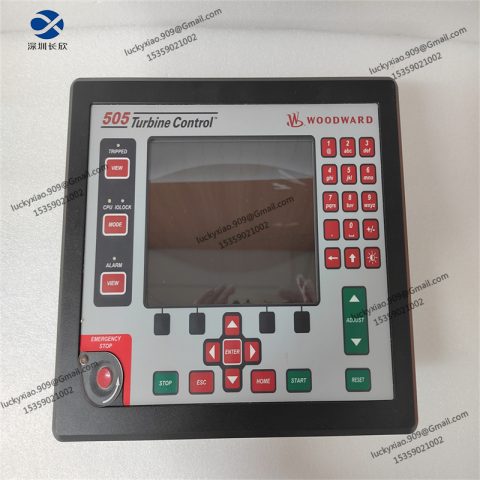
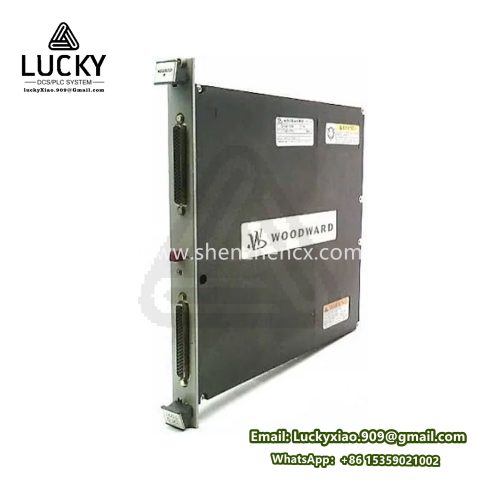


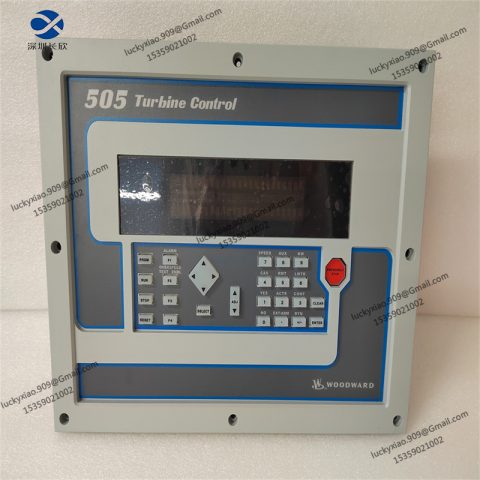


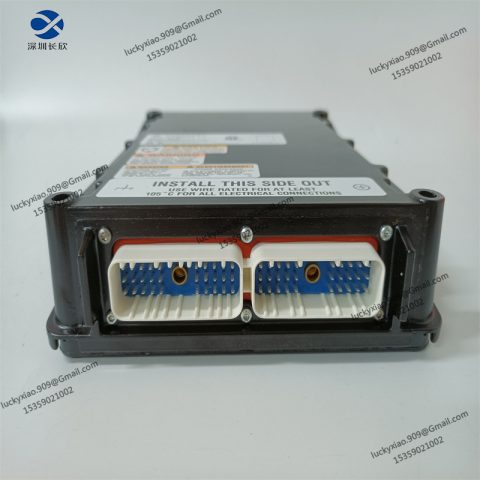
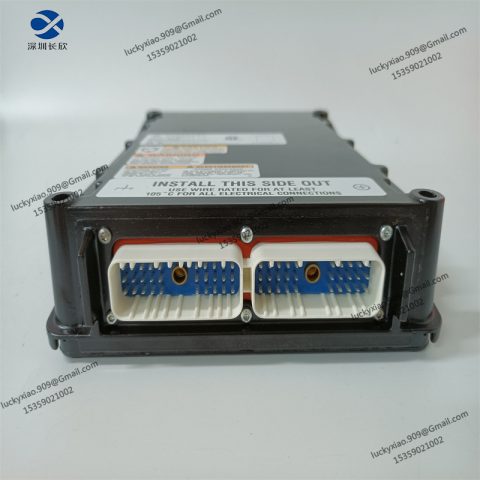
There are no reviews yet.